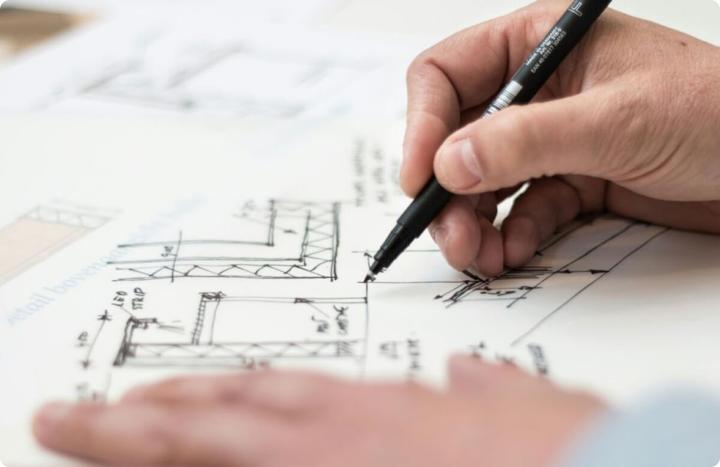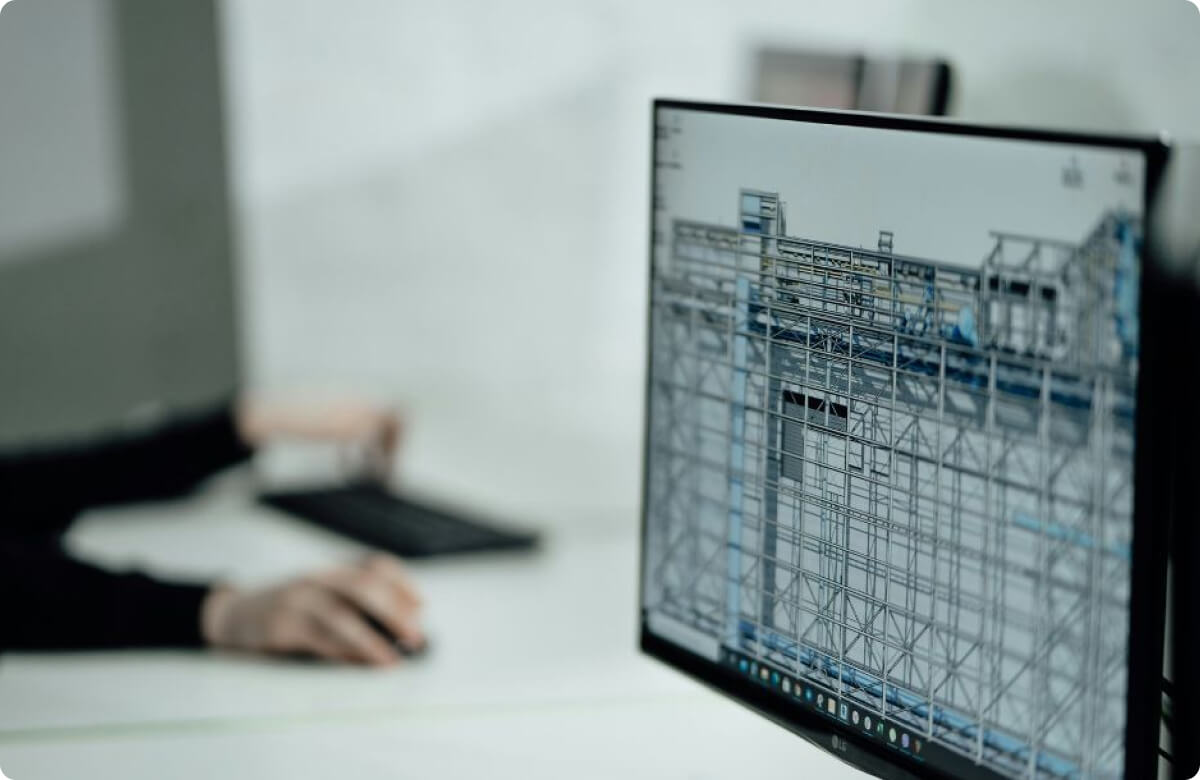In the realm of architecture, creativity forms the bedrock upon which the discipline stands. The capacity to envision beyond the present, to design spaces that elicit emotion and function harmoniously, is the hallmark of distinguished architects. However, the practicalities of the profession often extend beyond creative ideation. Tasks such as financial management, project administration, and meticulous data tracking are integral to the successful operation of an architectural practice. These responsibilities, while essential, can pose significant challenges for those whose strengths are rooted in imaginative problem-solving rather than the intricacies of administrative duties.
For neurodivergent individuals - those with cognitive variations such as ADHD, dyslexia, or autism - this dichotomy can be particularly pronounced. Neurodiversity acknowledges that these variations are natural and can confer unique strengths.

In the field of architecture, dyslexia is notably prevalent. According to the Royal Institute of British Architects (RIBA), a substantial number of architects identify as dyslexic, bringing both distinctive talents and specific challenges to their work. Globally, it is estimated that 15% to 20% of the population is neurodivergent, suggesting that many practitioners in architecture possess cognitive abilities that contribute to innovative design solutions.
Neurodivergence often correlates with heightened creativity, non-linear thinking, and exceptional problem-solving skills - qualities that serve architects well in conceptual design and innovation. However, routine or highly structured tasks such as financial planning, budget tracking, and administrative compliance can be disproportionately taxing.
The traditional model of practice, which expects architects to manage both creative and logistical responsibilities with equal proficiency, may not be the most effective approach.
This is where technology, particularly intuitive software solutions, emerges as a transformative force. Instead of compelling individuals to conform to a rigid workflow, firms should consider how to align processes with the strengths of their personnel. By leveraging software that simplifies financial tracking, automates invoicing, and streamlines project coordination, architects can reclaim cognitive resources for the work that truly inspires them. These tools not only alleviate administrative burdens but also fundamentally reshape practice operations, allowing firms to structure their workflows around their people rather than imposing a one-size-fits-all model.
As an architecture practice grows beyond five or more people, the need to transform financial and operational workflows becomes even more crucial. What may have once been manageable with a plethora of Excel spreadsheets quickly evolves into a complex web of administrative tasks that demand significant cognitive energy. For neurodivergent professionals, navigating these increasing complexities can be especially challenging, as they seek to ensure their business thrives holistically - not just in terms of its incredible creativity, but also in its operational and financial health. Implementing more sophisticated systems at this stage enables architects to maintain their focus on innovation while ensuring the business remains structured, scalable, and financially resilient.

Zaha Hadid Architects (ZHA) harnesses the power of AI to enhance multiple aspects of their design process. One of the most significant applications is generative design, where AI tools are used to rapidly generate multiple design options. This not only increases efficiency but also fosters greater creativity by providing a broader range of possibilities for each project.
In addition, ZHA utilises AI-assisted visualisation to create highly realistic renderings of their designs. These AI-generated visuals allow the firm to present high-quality, detailed designs in far less time, enhancing their ability to communicate complex ideas to clients and stakeholders. Another key benefit of AI at ZHA is its ability to streamline collaboration. AI tools analyse data from various design elements, enabling better coordination between designers, engineers, and other project stakeholders. This data-driven approach helps to optimise workflows, ensuring that teams can work together more efficiently, with smoother communication and fewer delays, ultimately improving the overall design process.
These AI applications support ZHA’s teams by allowing them to focus more on creative design, while the AI handles more routine, time-consuming tasks.
The conversation around neurodiversity in architecture is gaining traction, with leading publications like the RIBA Journal highlighting the importance of designing inclusive practices. The RIBA Journal article, Why Do Architects Need to Understand Neurodiversity?, explores the challenges and opportunities neurodivergent professionals face in the built environment, advocating for a shift in workplace culture. Similarly, the RIBA’s Supporting Neurodiversity in Architecture Practices resource provides valuable insights into how firms can foster more inclusive working environments. These discussions emphasise the need for systematic change - moving beyond mere awareness to tangible adaptations that empower neurodivergent professionals to thrive.
Beyond technological solutions, fostering an inclusive workplace culture is essential. This involves recognising the unique contributions of neurodivergent individuals and providing accommodations that enable them to thrive. Flexible work arrangements, sensory-friendly office designs, and clear communication protocols can make a significant difference. Additionally, educating all staff members about neurodiversity promotes empathy and collaboration, leading to a more cohesive team dynamic.

Embracing neurodiversity is not only a moral imperative but also a strategic advantage. Firms that prioritise inclusivity are better positioned to attract and retain top talent, drive innovation, and enhance their reputation in the industry. As the architectural profession continues to evolve, those who adapt to the diverse needs of their workforce are likely to lead in creativity and performance.
As we reflect on the recent Neurodiversity Celebration Week, it is crucial for the architecture industry to move beyond awareness and take actionable steps toward inclusivity. By integrating advanced software solutions and fostering supportive work environments, firms can unlock the full potential of neurodivergent architects. Tools like Fresh Projects play a crucial role in this shift, replacing cumbersome Excel spreadsheets with an intuitive, automated system that streamlines financial and project management. By reducing cognitive overload and aligning workflows with diverse ways of thinking, Fresh Projects enables architects to focus on what they do best - designing innovative, meaningful spaces.
This approach not only enhances individual well-being but also propels the profession toward greater innovation and success. In embracing neurodiversity, we enrich the architectural landscape with a multitude of perspectives, ensuring that our built environments reflect the diverse tapestry of human experience. Let us commit to creating spaces - both within our workplaces and in the world - that celebrate and accommodate all ways of thinking.
